 |
Paris xám Paris, qua hàng ngàn ống kính chụp hình (những du khách Nhật đã từng kinh nghiệm cái khoảnh khắc thiên thu vĩnh viễn, được cơ khí hóa, trên mọi cây cầu), được ngốn ngấu hàng ngày, bởi những cái nhìn tham lam thèm khát, của những thiết bị chụp hình, của biết bao du khách, từ những xứ sở, đại lục… chưa ngừng hiện hữu… Nó tiếp tục sống, tiếp tục chống lại không ngừng nghỉ, cuộc tấn công tàn bạo của những cái nhìn thèm khát đó. Có một Paris con tim nhẹ nhàng qua những bài hát, Paris lãng mạn của những cú snapshots: những cầu thang Montmartre, những tia nắng mặt trời hoàng hôn trên cầu Pont Neuf, những chiếc lá thu ở Vườn Lục Xâm Bảo, Paris nhí nhảnh của những cuốn phim. Nhưng cũng còn một Paris khác. AZ sống ở
Paris. Ông có những bài thơ thần sầu về nó. Thơ AZ thanh thoát, nhẹ
nhàng, khác
nhiều với thơ của Simic, hai tác giả Tin Văn thường xuyên giới thiệu.
Không phải
ông không rành về thế giới toàn trị. HOLY
SATURDAY IN PARIS But maybe
it's just Thứ Bẩy Thánh
Ở Paris Thuyền băng trên máng xối Với những cánh buồm làm bằng tờ báo ngày hôm qua Còn có tên là Thế Giới. Mấy tay đồ tể, bạn của HPNT, dụi mắt Và thành phố sẽ thức giấc, buồn, và kễnh bụng, đến phát chán. Một người nào đó nhìn thấy trái đất nứt ra, và đợp một mẩu tương lai. May mắn làm sao, vết nứt chẳng đáng kể, Và vưỡn có thể khâu lại được. Vài chú chim bắt đầu hót cà lắp Hãy kiếm chỗ khác, em biểu Gấu, Nơi mấy đấng thầy tu hát Những bài ca của họ ứa ra, từ chì. Hỡi ơi, ở khu Ả Rập Một đám mây, hai-đầu, như con chim ưng của Nga hoàng chặn đường. Và những hồ nghi hai-đầu, mảnh khảnh như những con linh dương ngăn con phố ẩm ướt. Chúa ơi, sao Ngài ngỏm? Die Prosa der Welt -Hegel, of course Imagine a day begun in Le
Bon Cafe; I stand before the picture
Rilke talks of: Snow lies around us,
covering the architecture of power. Dòng đời Hãy tưởng tượng một ngày
bắt đầu ở Le Bon Café Tôi đứng trước bức tranh
Rilke nói về: Tuyết chung quanh chúng
ta, che phủ kiến trúc của quyền lực 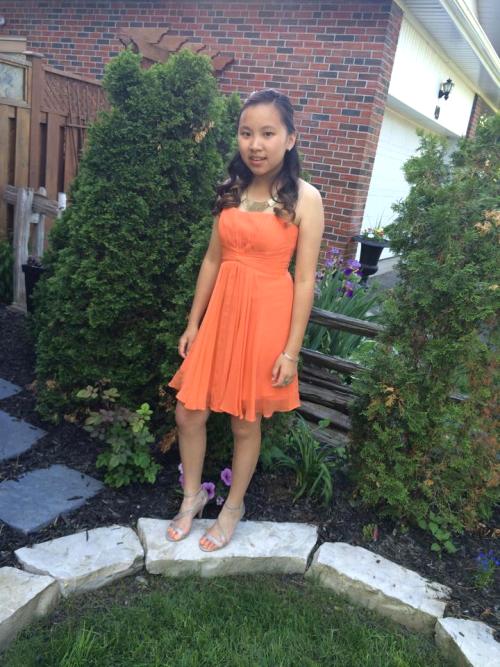 Jennifer at Party with Friends 2 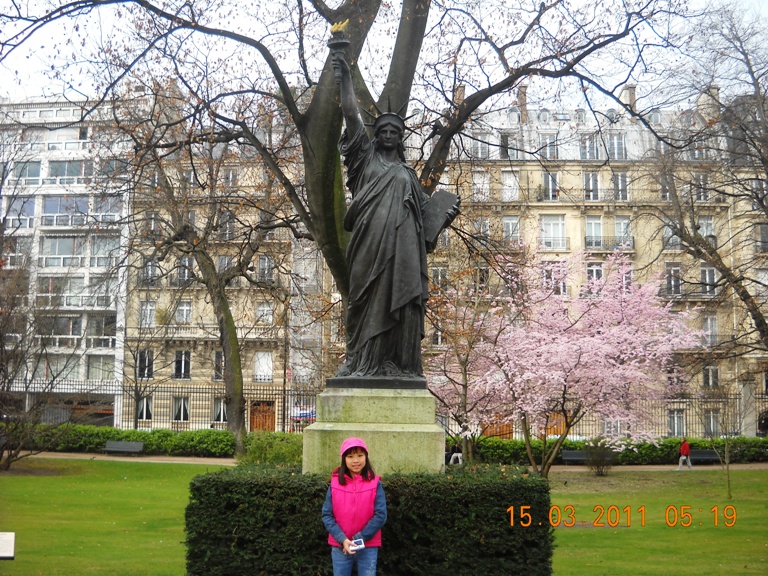 Gray Paris & Fall & French Open Nhân đang coi French Open, nhân đang đọc Gray Paris của AZ, và, nhân, đọc một bài về Nadal trên tờ Intel, bèn đi 1 đường tổng hợp cà chớn mấy đề tài vô 1 bài. Lạ, là đọc bài của AZ, thì Gấu "dưng không" bèn nhớ 1 câu trong Bếp Lửa, về… Hà Nội: Buổi sáng mùa đông ngây ngất, trưa còn xa! Tờ Intel đã
đi 1 đường về Novak Djokovic, thật tuyệt. TV có post, nhưng chưa có bản
tiếng
Việt. Bài mới này về Nadal cũng có nhiều chi tiết thú vị: Reading the Game: an indestructible
athlete, Rafael Nadal
is also deeply vulnerable. Ed Smith sees two different people in one.
Một cao
thủ không thể bị huỷ diệt, nhưng còn cực kỳ dễ bị tổn thương, hai kẻ
khác nhau
cùng trong 1 người. “Asked once why he struggles at
indoor
tournaments, Nadal replied that “sun is energy”, as if he was deprived
of
special photosynthetic powers when placed under a roof.” Hỏi tại sao
đấu indoor
chật vật, Nadel trả lời, mặt trời cho tôi energy, sinh lực, đâu có khác
gì nhân
vật thần thoại Trình Giảo Kim, chỉ được ba búa, nhưng té xuống đất là
lại có đủ…
nhiên liệu!  Tớ đếch nghĩ vậy là tớ hiện hữu Paris xám Paris,
qua hàng ngàn ống kính chụp hình (những du khách Nhật đã từng kinh
nghiệm cái
khoảnh khắc thiên thu vĩnh viễn, được cơ khí hóa, trên mọi cây cầu),
được ngốn
ngấu hàng ngày, bởi những cái nhìn tham lam thèm khát, của những thiết
bị chụp
hình, của biết bao du khách, từ những xứ sở, đại lục… chưa ngừng hiện
hữu… Nó
tiếp tục sống, tiếp tục chống lại không ngừng nghỉ, cuộc tấn công tàn
bạo của những
cái nhìn thèm khát đó. Có một Paris con tim nhẹ nhàng qua những bài
hát, Paris
lãng mạn của những cú snapshots: những cầu thang Montmartre, những tia
nắng mặt
trời hoàng hôn trên cầu Pont Neuf, những chiếc lá thu ở Vườn Lục Xâm
Bảo, Paris
nhí nhảnh của những cuốn phim. Nhưng cũng còn một Paris khác. 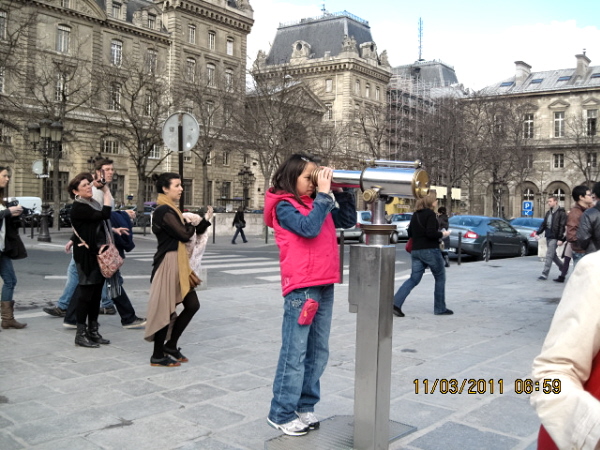 Gray Paris Paris,
photographed through thousands of lenses (Japanese tourists
experiencing a
moment of mechanized eternity on every bridge), consumed daily by the
greedy
gazes of the photographic devices deployed by tourists from various
continents,
has not ceased to exist ... It lives on, endlessly resisting the
onslaught of
gazes. There's the lighthearted Paris of song, the Paris of romantic
snapshots:
the stairs of Montmartre, the setting sun's rays on the Pont Neuf, the
autumn
leaves in the Luxembourg Garden, the frivolous Paris of films. But
there's also
another Paris. AZ
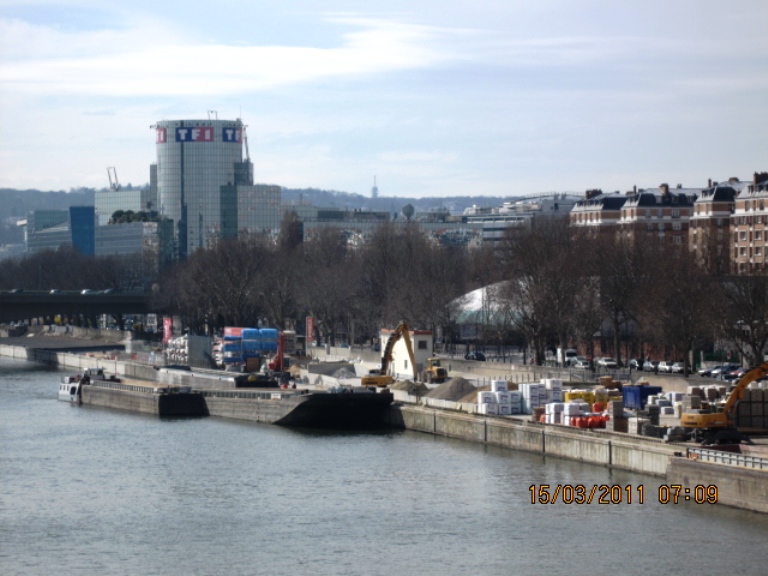 Y chang Bến
Tầu Sài Gòn. Chỗ có
cái xà
lan, là bến phà đi nông trường cải tạo Ðỗ Hòa, Cần Giờ. Mỗi tháng, bà
cụ Gấu,
chừng 8 giờ sáng, một bữa chủ nhật nào đó,
lụi cụi xách giỏ đồ thăm nuôi xuống phà, chừng trưa thì tới, vội vàng
thăm thằng
con, là về, cho kịp chuyến.
Lùi về
phía
bên tay phải của bạn, là nhìn thấy nơi nhà thơ TTT ném mẩu thuốc xuống
lòng sông,
rồi phơi lòng mình lên kè đá!Hà,
hà!
Nhớ
quá!
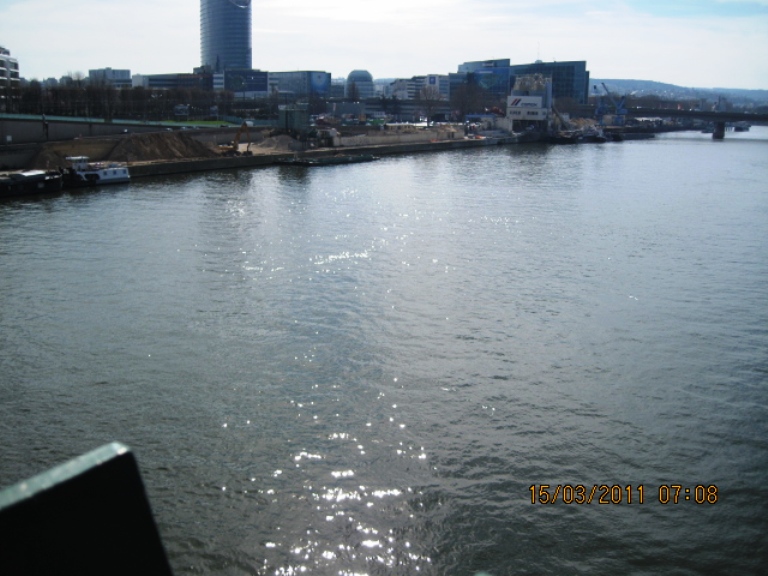 Cảnh này thì
lại giống phía bên kia Thủ Thiêm, xa xa là cầu Calmette. Gấu có quả
nhiều kỷ niệm ở bến đò này
THE TWO FACES OF RAFAEL NADAL Reading the Game: an indestructible athlete, Rafael Nadal is also deeply vulnerable. Ed Smith sees two different people in one From INTELLIGENT LIFE magazine, May/June 2014 All sportsmen exist somewhere on a spectrum between Zen mastery and a conscious effort of willpower. Placing Rafael Nadal on this spectrum is straightforward. Not for him the ethereal lightness that flows from Roger Federer’s racket. Nadal toils and sweats, trains and chases, always driven by a feeling of inadequacy. He is the most admirable and least enviable of champions. His attributes are easy to list: courtesy, unfailing; courage, unquestionable; resilience, off the scale; competitiveness, scary; modesty, hard-wired; mental strength, epic. Yet it adds up to an uncomfortable whole. On court, there is something hounded about Nadal, as though he thinks failing to retrieve one ball—one tiny fraction of a single match—will bring dire consequences. But what? Over time, with most great players, signs of their deepest motivation emerge unavoidably. Federer, we sense, is serving both his talent—as though it would be a crime to neglect something so precious and rare—and himself. He honours a gift while also hedonistically gulping down the pleasure he derives from it. But Nadal’s motivation remains a mystery. It’s as if his competitive qualities somehow crept into his character without his knowing how. It is not uncommon for elite athletes to be two different people—one person on the pitch, another in real life. But the disconnect between the two Nadals is exceptional. In his autobiography he calls himself Clark Kent, as though the tennis player is unrecognisable from the man. Is that separation sustainable over the long term? The weight on Nadal has never lifted, yet it hasn’t crushed him either, and you wonder why not. He is arguably the most indestructible athlete in the world, and also strangely, deeply vulnerable. The view from the other side of the net is very different. Nadal is tennis’s great pugilist. He walks on court—runs, actually—ready for a mini-war, from the first point to the last. The bulging muscles are the least of it. Before each serve his face is fixed in a half-grimace, as though frozen at the peak of intense focus. His famous weapon is the top-spin forehand, his racket ripping through and around the ball, then ending up high above his left ear. After a gruelling rally, he will leap in the air, biceps clenched, fist pumping. Speaking to his ghostwriter John Carlin, he described his astonishing 2013 season—which he began as world number four, still recovering from a serious knee injury, and ended as number one with ten more titles to his name, including his eighth French Open—as “una barbaridad”, literally “a barbarity”. And you knew what he meant. Occasionally, very occasionally, there are glimpses of the other Nadal, the sensitive soul beneath the warrior mask. At the Australian Open this year, his back gave way in the final against Stan Wawrinka. Nadal had been hot favourite, though the mercurial Wawrinka dominated the first set. When Nadal took an injury time-out at the beginning of the second set, he returned to the court to jeers and boos. The presumption, from a section of the crowd, was that Nadal had exploited a technicality to upset Wawrinka’s rhythm and concentration. What followed was difficult to watch. His movement stricken, his eyes filled with tears, Nadal struggled on, scarcely able to bend down, let alone move with his customary explosive power. Were the tears straightforward pain, or deeper anguish at the suspicions levelled against him, or regret at a grand-slam title slipping away? Perhaps all three. The incident also hinted at Nadal’s complex relationship with his own body. Some great athletes view their bodies as necessary but unremarkable machines—something that needs to function adequately, but not much more than that. The great West Indian cricketer Gordon Greenidge famously batted better when he was limping. Andy Murray rarely goes through a whole match without a visible niggle. With Nadal, you sense the physical dimension is more central, as though he must feel almost indestructible. When his body lets him down, the effect is not a matter of degree—it is total. He is Clark Kent once again, Superman no longer. Asked once why he struggles at indoor tournaments, Nadal replied that “sun is energy”, as if he was deprived of special photosynthetic powers when placed under a roof. In his own mind, physicality explained everything. It was another manifestation of the Nadal mystery. How was a steely champion grafted onto such an unconfident man? Thanks to his own honesty, we know quite a lot about Nadal’s upbringing. His parents effectively ceded control of his tennis education to his uncle, Toni—still his coach today. It was a brutally tough learning environment; another uncle felt it amounted to “mental cruelty”. Proof that tiger parenting works? More likely, the Nadals judged—correctly, as it turned out—that Rafa could weather it. But even he admits the pressure amounted to a “fine balance”; it could easily have tipped the other way. His boyish charm endures partly because he has never flown the nest. He lives in the house he bought for his family and speaks to his sister every day, no matter where he is. Even with 13 slams to his name, Nadal remains driven by blood, duty, fear of failure. A family of atheist Mallorcans have created the ultimate embodiment of the puritan work ethic, and he never stops thanking them for it. An easier life remains unimaginable. French Open Stade Roland Garros, Paris, May 25th to June 8th Ed Smith is a writer for the Times, BBC commentator, former England
|